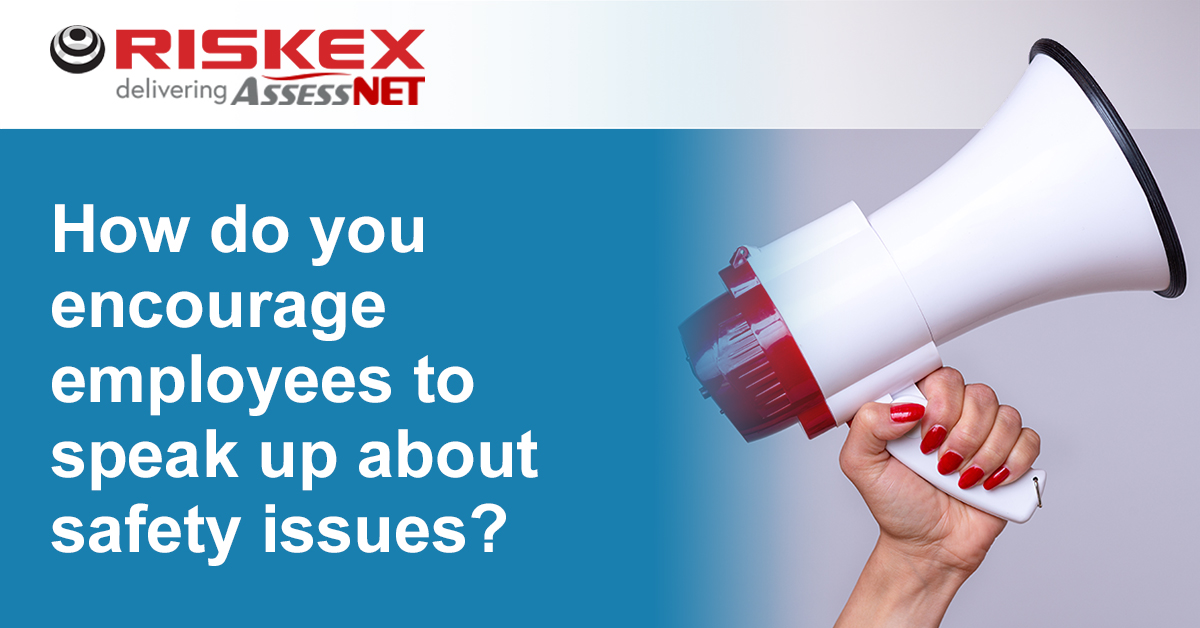Riskex Reflections on a Friday #12: How do you encourage employees to speak up about safety issues?
In turbulent times like these, it’s natural for people to hold back and avoid taking risks at work. This can mean a reluctance to report mistakes, ask questions, offer new ideas, or challenge a plan. People, whether they’re aware of it or not, try to protect their reputations and jobs. Unfortunately, the same behaviours that feel risky to individual employees are precisely what their companies need in order to thrive in this uncertain economic climate.
Psychological safety — the belief that one can speak up without risk of punishment or humiliation — is what enables employees to use their voices, and it’s more important than ever that leaders build it.
A recent article in the Harvard Business Review provides some thought-provoking insights into why it is so important for business leaders to make it safe for employees to speak up in uncertain and volatile times – HBR subscribers can read the full article here.
Read on for some practical guidance for encouraging employees to “speak up” and amplify their safety voices
1) Visibly demonstrate leadership commitment: When leaders prioritise and actively promote psychological safety, it sends a strong message to the entire organisation.
2) Focus on 360-degree communication and feedback:
- Establish clear guidelines and expectations for communication within the organisation. Encourage employees to express their ideas, concerns, and feedback constructively.
- Provide anonymous feedback channels or suggestion boxes to allow employees to share their thoughts without fear of reprisal. Anonymous reporting can help identify issues that may not come to light otherwise.
- Encourage regular one-on-one meetings between managers and employees to discuss concerns, career aspirations, and any challenges they may be facing. This creates a safe space for open and honest dialogue.
3) Invest in Learning and Continuous Improvement:
- Offer training sessions and workshops that focus on building awareness and skills related to psychological safety. Topics may include empathy, active listening, conflict resolution, and emotional intelligence.
- Establish key performance indicators (KPIs) to measure the impact of your psychological safety program. Regularly collect feedback from employees through surveys and focus groups to identify areas for improvement.
- Psychological safety is not a one-size-fits-all solution. Continuously gather feedback and adjust your program based on the evolving needs and challenges within your organisation.












